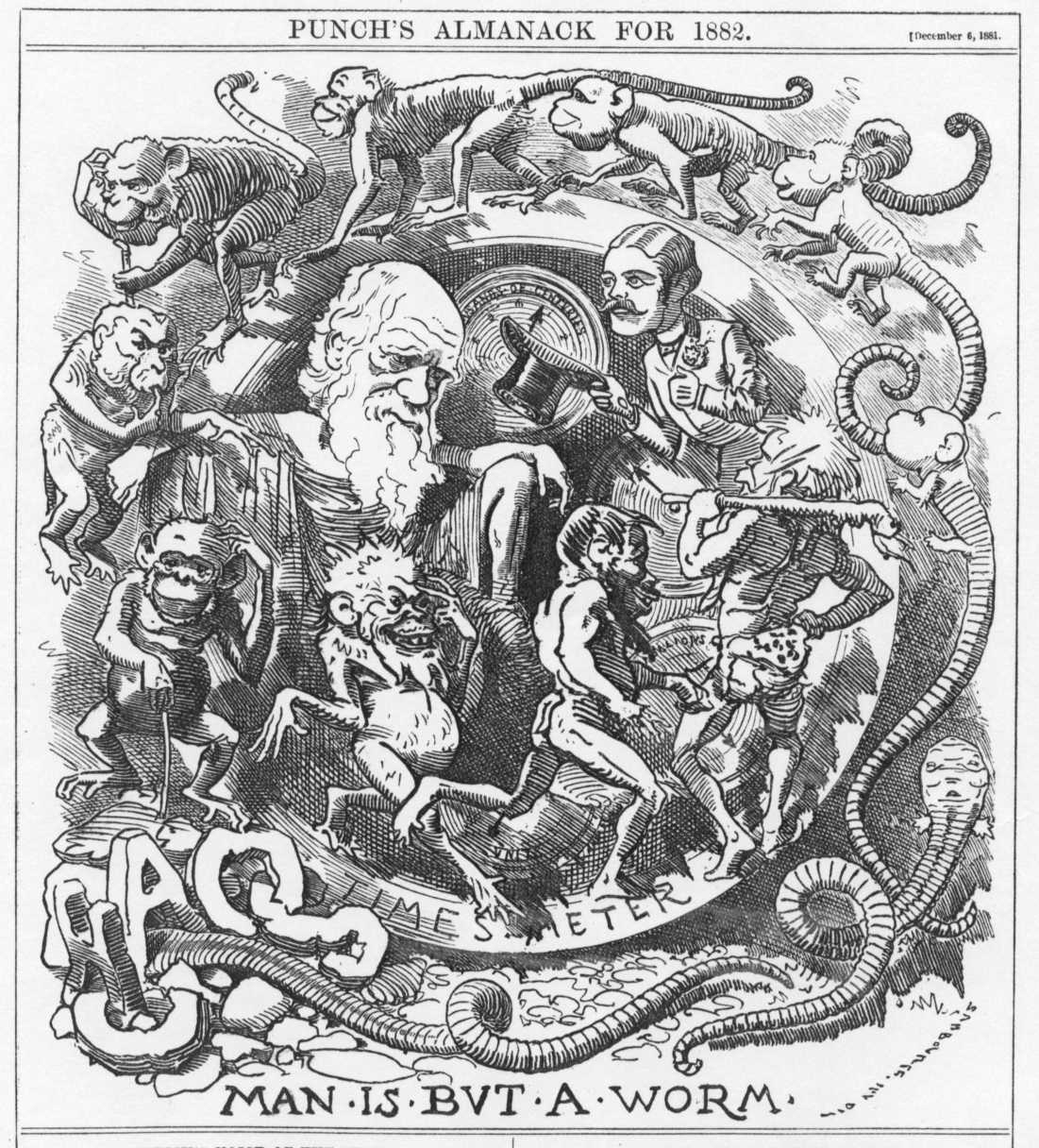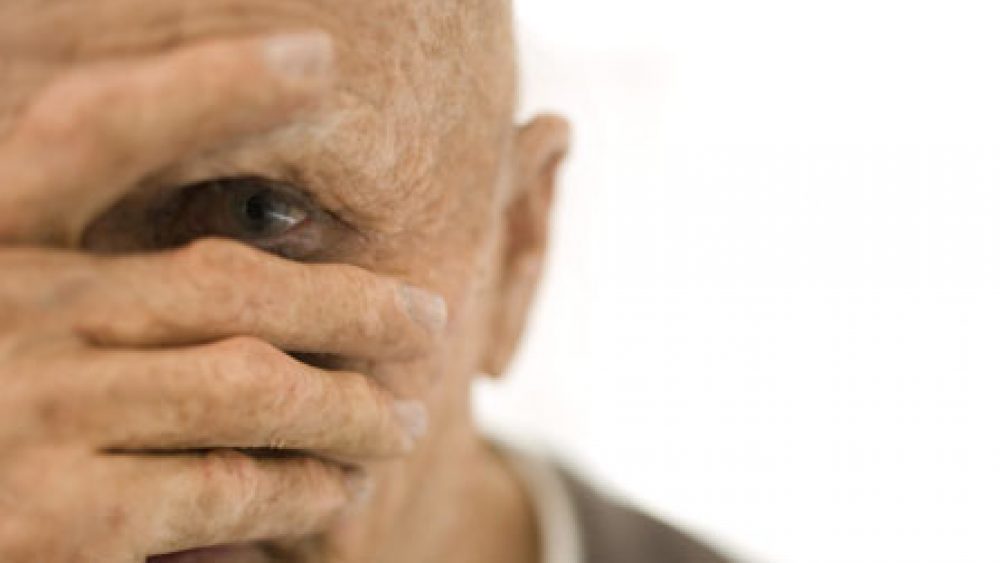| ElitE |
| Man Is But a Worm |
 |
 |
|
 Posted 08-01-2014 21:39 by ElitE Posted 08-01-2014 21:39 by ElitE |
        |
|
quote:
Op 8 januari 2014 21:09 schreef Fusion het volgende:
Dit soort proeven gebeurt nog steeds in t Westen helaas, maar dan vaker vanuit de militaire tak. Daar zijn ze heel geinteresseerd in verwondingen en pijn-psychologie etc. De beelden van een varken wat levend met een mega-gasbrander werd verkoold staan me nog bij. De heren wetenschappers met hun witte jassen, aantekeningblokje er op veilige afstand bij.
Maar goed, wat je bedoel je dan precies met 'dit soort' proeven eigenlijk (sorry reageerde misschien wat impulsief). Deze proef was vanuit een centrum voor brandwonden, ik weet dat we daar in t Westen al een stuk verder zijn met in vitro tissue etc. Gelukkig. Maar ik kan ook wel n paar extreem wrede recente proeven uit t Westen posten hoor  De motivatie achter de proef zal me worst wezen. Dieren zijn geen objecten maar levende wezens die pijn, geluk etc kunnen ervaren en mede daardoor imho intrinsieke waarde en bijbehorende rechten hebben. De motivatie achter de proef zal me worst wezen. Dieren zijn geen objecten maar levende wezens die pijn, geluk etc kunnen ervaren en mede daardoor imho intrinsieke waarde en bijbehorende rechten hebben.
Ik wilde ook niet beweren dat het niet meer gebeurt in het westen, maar het is zeker op zijn retour hier. En is niet meer zoals voor de jaren 80.
(Die proeven in het verleden hebben wel een gigantische hoop belangrijke bevindingen opgeleverd, en daarbij heeft het ook een onnoemelijke hoeveelheid leed veroorzaakt bij proefdieren)
Met "dit soort proeven" bedoel ik proeven met duidelijk zeer zwaar leed, voor fundamenteel onderzoek, of onderzoek wat niet direct verbonden is aan het oplossen van een menselijke ziekte, veelal vanuit militaire motieven.
al lijkt dit onderzoek toch meer vanuit brandwondenperspectief te komen.
quote:
Introduction
Burns is the leading cause of traumatic death, and inhalation injury is a major contributor to the morbidity and mortality associated with serious burns [1]. The mechanism for inhalation injury can be attributed to a combination of heat, hypoxemia and chemical effects of the toxic inhalants [2]. Recently, most research regarding inhalation injury put emphasis on the smoke-related injury, covering pathophysiological changes [3] and [4] and inflammatory reactions [5] of lower airway, ventilation strategies [6] and responses to medical interventions [7] and [8]. However, studies about inhalational thermal injury of upper airway are limited.
Multiple studies reported the heat-absorbing and gas-humidifying potentials of the upper airway, including the nose, larynx and cervical trachea, where over 90% of the heat is released from the heated air [9] and [10]. According to Rong et al. [11], from mouth to middle trachea, the temperature of heated air dropped markedly from 80–320 °C to 37.9–89.1 °C, suggesting the powerful heat-absorbing ability of posterior oral cavity, pharynx, larynx and upper trachea.
There were several possible explanations for the upper airway's heat-absorbing ability: mucosal fluid evaporation, circulational heat dissipation, breath holding and air's vortex motion [10], [11], [12], [13] and [14]. Since the blood flow of airway mucosa is abundant [15], which was found to increase markedly with thermal dry air inhalation [16], it is reasonable to hypothesize that the blood circulation plays an important role in upper airway's heat-absorbing ability. Thus, we designed the present study, aimed to explore the circulational heat-dissipating function of upper airway, and further to investigate how much percentage of heat released by heated air could be dissipated by blood circulation. Because when exposed to hyperthermia, dogs’ breathing patterns could be too complicated (through either nose or mouth or both [17]) to control, we designed to choose the upper airway from posterior oral cavity to upper trachea as our study objects.
voor een kleine geruststelling: volgens mij waren de honden aardig onder verdoving. pentobarbital heet bij de dierenarts euthasol.
quote:
2.3.1. Animal preparation
After overnight fasting, dogs were anaesthetized with 3% pentobarbital sodium (25 mg/kg), and an average intravenous dose of 350 mg at 2 ml/min was provided via the radial cutaneous vein of forelimb to control the breathing rate at 9–12/min. They were immobilized at supine position. Ringers lactate solution and 5% glucose were infused at a ratio of 1:1 through the dorsal vein of the foot (1 ml/kg/h). Hair around thyroid cartilage was removed in an area of 30 cm × 30 cm. After the tracheotomy was performed, and a small tracheostomy tube with a flexible thermal probe in it was inserted into the main trachea (Fig. 1). The inserted length was 10–13 cm.
dit onderzoek gaat voor mij ook erg ver, al weet ik echt niet waar ik de lijn moet trekken. Ik vind de motivatie wat zwak en had misschien in betere context geplaatst moeten worden met meer resultaten per slachtoffer.
Overigens kun jij volledige artikelen lezen, of alleen abstracts en open source artikelen?
Ik kan ook wel wat PDF's is voor je aanleveren op aanvraag 
♂ <o((((>< <o((((>< <o((((>< ♀<o(((>< <o(((><
 |












